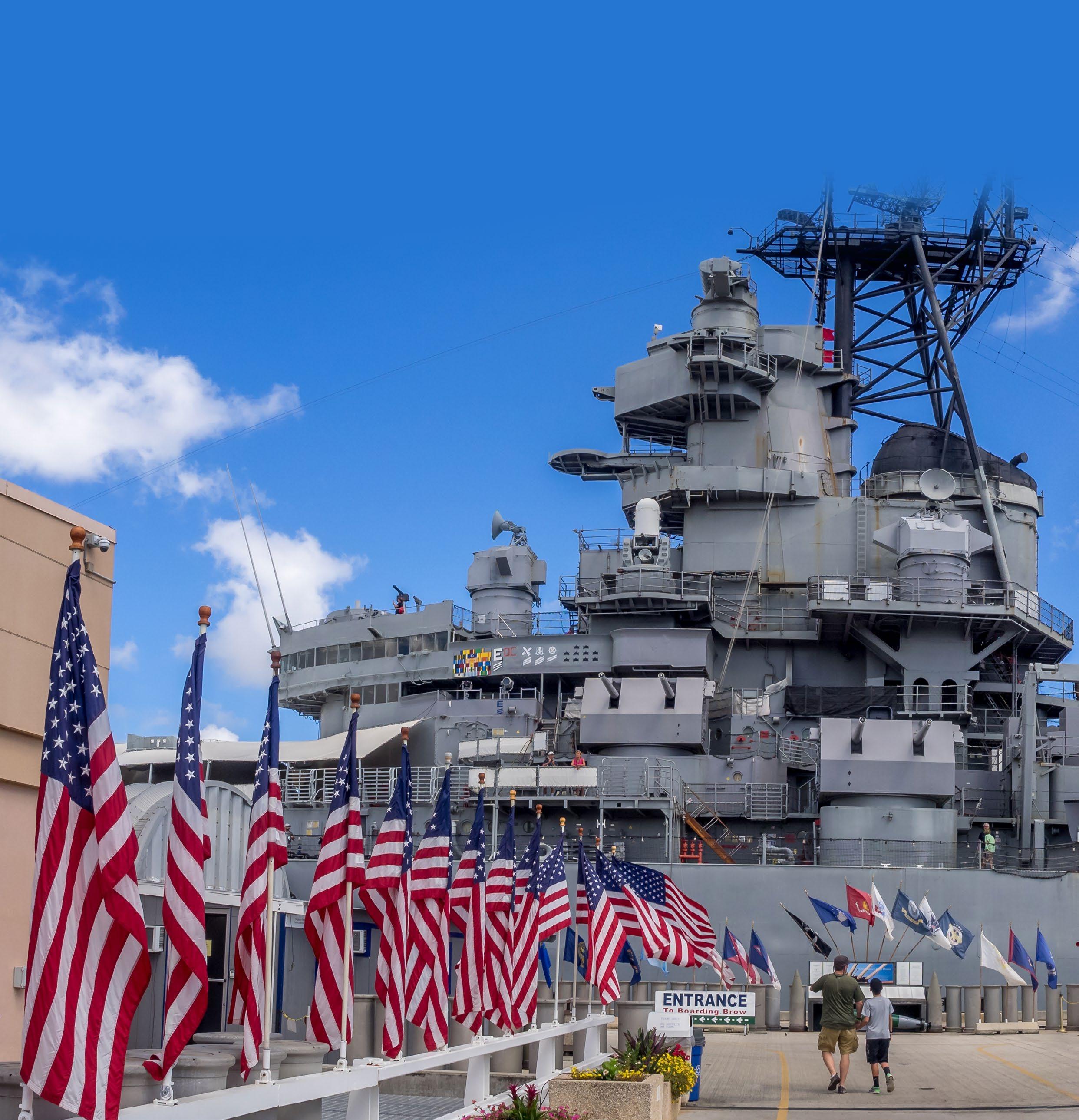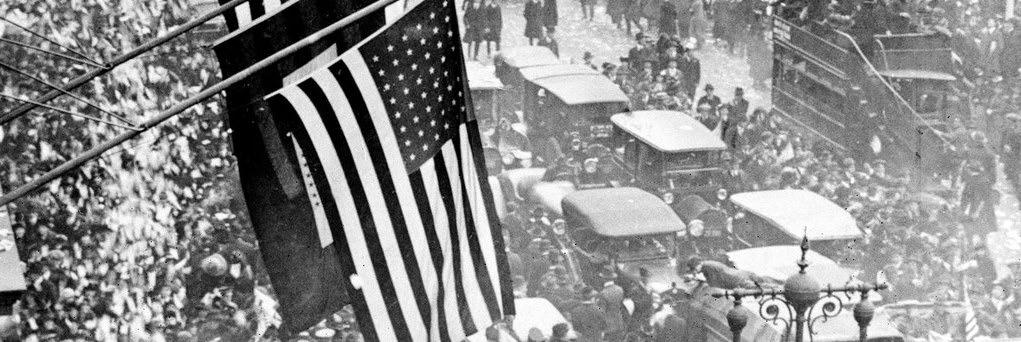
5 minute read
Pearl Harbor Revisited
Pearl Harbor Attack - a Historical Description
By T.Seth
Advertisement
The Pearl Harbor attack is probably one of the events which had a profound impact on WW2. It forced the United States to enter the war and changed the equation.
With Japan’s surprise attack on Pearl Harbor on December 7, 1941, the US Pacific Fleet was decimated. Soon after the attack, both Germany and Italy made a declaration of war against the United States. Thus, America found itself in the middle of a global war.

Roots of the War
The attack on Pearl Harbor took Americans by surprise. Yet, the roots of such an attack were sowed a long time back. It goes as far as four decades before the Pearl Harbor attack took place. With Japan’s industrialization boom, it wanted to base its growth like other major western countries.
To support its industrialization, Japan wanted to establish colonies in the Asia Pacific. They aimed to secure resources and develop further markets for Japan’s products. It was not an easy task for Japan as its desires put it squarely against the United States. The typical stage of competition between the United States and Japan was particularly true in the Chinese market.
Japan’s first step towards building an empire for itself started with an invasion of Manchuria. It was located in Northern China, and the province is both fertile and rich in resources. The Japanese government put in place a puppet government in Manchuria. Yet, it was never officially recognized by the United States government. The US government adopted a doctrine known as the Stimson Doctrine against Japan’s forced regime in China’s Manchuria province.
The Stimson Doctrine was the core policy of the US in handling Japan’s activities in Asia. But, the Stimson Doctrine wasn’t sufficient. It is because the doctrine did not inflict any meaningful consequences against Japan. On the other hand, the Stimson Doctrine proved ineffective in providing support for China. The US and Japan continued to have trade relations with many American companies, still supplying Japan with petroleum and steel. At the same time, there was a powerful isolationist movement among the American people. They believed that the United States should not enter into any international conflicts. Even the 1937 Rape of Nanking didn’t get the US government to shift its policy against Japan. But Japan’s attack on Pearl Harbor changed everything. It compelled the United States to enter the war.
The Looming Tensions Between the United States and Japan
In July 1940, Franklin Delano Roosevelt, the then President of the United States, cut off the American shipments of steel, scrap iron, and aviation fuel to Japan. Yet, he did not stop the shipments of American oil to Japan. Soon, Japan took over the French Indochina region. They did it with the permission of the Nazi-occupied French government.
In July 1941, the Japanese Empire made a move against the southern Indochinese region. Japan aimed to attack the British Malaya region from there. British Malaya was a resource-rich region. It was a source for products such as tin, rubber, and rice. The Japanese Empire also had an eye on the Dutch East Indies region.
According to History.com, after getting to know about the Japanese Empire’s intentions, President Roosevelt froze all Japanese Empire assets in the United States. This, cutting off the Japanese Empire from accessing the US oil. Roosevelt’s move pushed Japan to go ahead with the “Southern Operation.”
Under the Southern operation, Japan was to attack the naval facilities of Great Britain in Singapore. It also included attacking Pearl Harbor and American interests in the Philippines. Both Japan and the United States were involved in diplomatic talks to reduce the tensions. Yet, none of the parties budged from their position.
The Attack
The US officials met the Japanese officials and presented them with a 10-point statement. It reiterated the position of the United States government against Japanese conquests in Asia. At the same time, the Japanese Imperial Navy’s armada of 414 planes aboard six aircraft carriers was ordered to sail the sea.
Admiral Yamamoto Isoroku created a plan, and the main target of this attack was Pearl Harbor. He planned to destroy the Pearl Harbor-based US Pacific Fleet. The Japanese Imperial Navy decided to maintain strict radio silence throughout their sail to the Hawaiian island of Oahu.
Captain Mitsuo Fuchido led Japanese planes that took off from the aircraft carrier at 6:00 am sharp on December 7. At 7:30 am, the Japanese pilots spotted the land, and thus, they took attacking positions. With Fuchida’s plane just above the American ships docked in Pearl Harbor, Captain Fuchida broke the radio silence. He shouted, “Tora! Tora! Tora!” It was the code indicating that the Japanese took Americans by surprise.
The Japanese kept attacking American ships and service members for almost two hours. Yet, they weren’t able to destroy the fuel tanks and repair shops in Pearl Harbor. The Japanese weren’t able to achieve all their goals by attacking Pearl Harbor. It is because no American aircraft carriers were present in Pearl Harbor on the day of the attack. The Japanese also attacked the British and American bases in Midway Islands, Hong Kong, Malaya, Guam, Wake Islands, and the Philippines after the Pearl Harbor attack.
The Americans could have prevented the attack on Pearl Harbor. A communication delay was the main culprit here. A decrypted message was sent to Washington sometime before Japanese planes led by Fuchida took off from their aircraft carriers. An Oahu-based radar reporter also informed about a large number of planes heading towards the United States. Unfortunately, American officials did not give any due importance to this report.
President Roosevelt got to know about the attack while he was finishing his lunch. After knowing about the attack, he got busy writing an address that he planned to deliver to Congress the next day. He aimed to get support from the US Congress to declare war against Imperial Japan. Roosevelt wrote the draft to get the American population to rally behind him to support his decision to declare war against Japan. Hence, America had to enter a war that most of the Americans hoped to avoid.
References from History.com. www.census.gov/history/pdf/pearl-harbor-fact-sheet and totallyhistory.com/stimson-doctrine/











